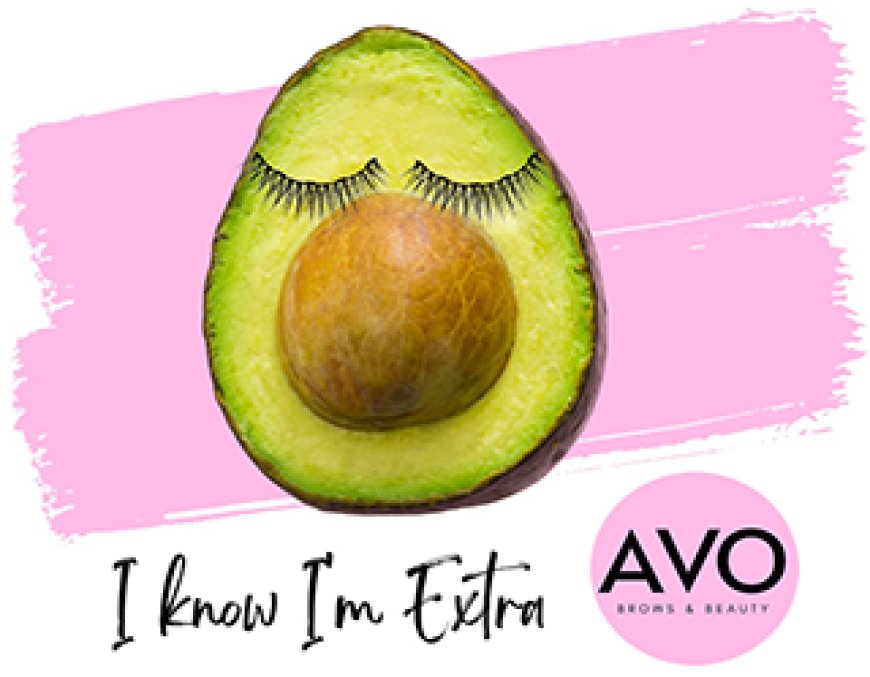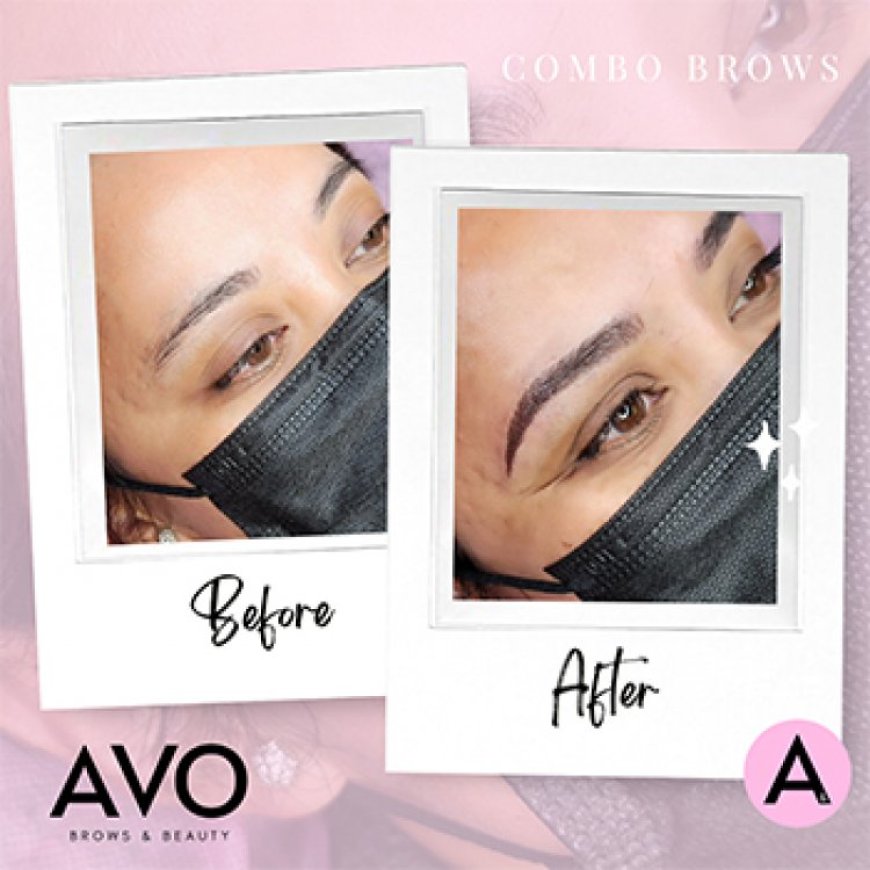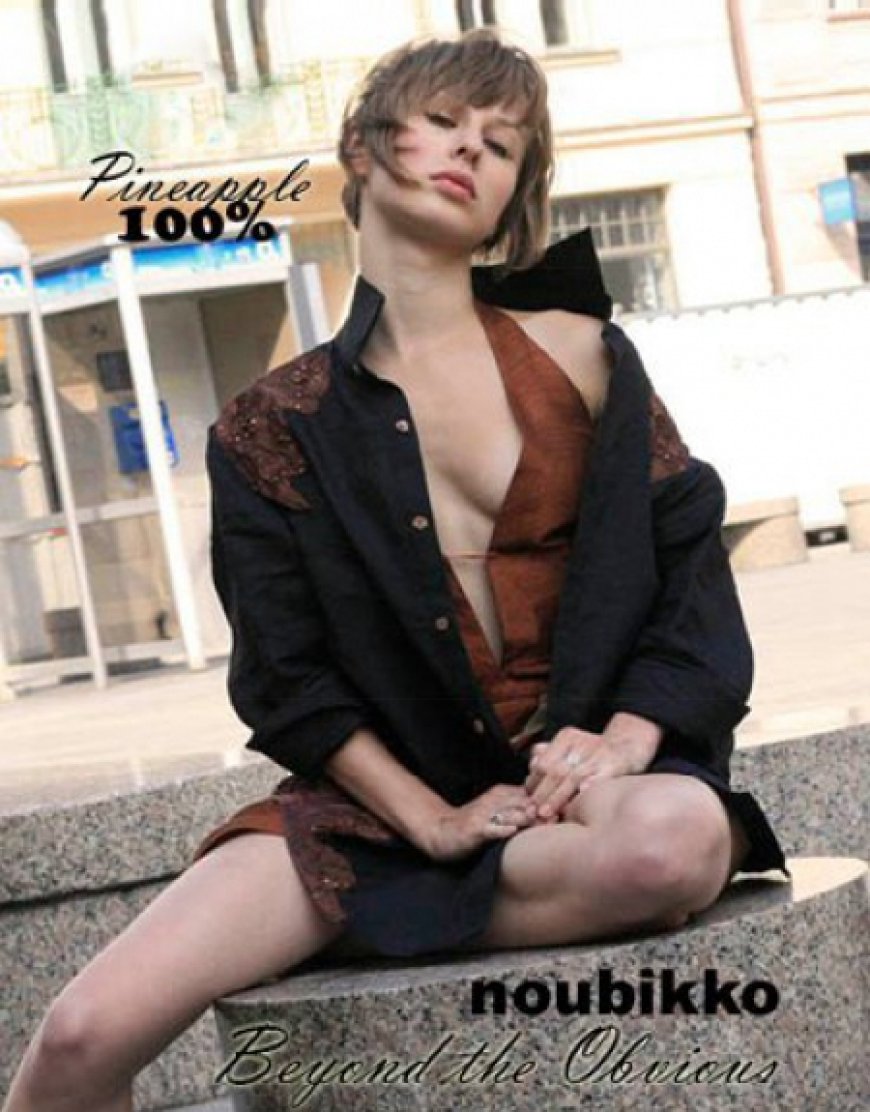Kim Kardashian’s ‘All’s Fair’ Represents a New Era in Television

One feature of modern AI systems is that the model does not actually reason. Unlike the older “symbolic” approach, in which humans hard-program a machine to run through a series of options, the current Large Language Models simply synthesize lots of information and predict based on likelihoods. So the model (by definition) cannot conjure up anything of literal substance; it can just regurgitate, sometimes coherently and sometimes nonsensically, based on material it doesn’t understand.
An odd reference point, perhaps. But it came to mind when watching the first three episodes of All’s Fair, Hulu‘s new dramatic soap from Ryan Murphy. By network report, at least, the show was written by humans, including Jon Robin Baitz, an excellent playwright who has spent parts of the past 20 years trying to find his footing in television. Yet the result is a regurgitation of fragments of images, of plot lines and dialogue, previously thought native only to automated text-predictors — an approach to creativity with the same lack of consciousness as an LLM.
By now you know of the series, if only from the people warning you that you really don’t want to know the series; “atrocity,” “brain dead” and “worst TV show of all time” have been the kinds of terms thrown around. These labels somehow are both too generous and an understatement of the true contribution — dare I say transformation — of the All’s Fair moment. See, the Hulu series is not terrible on the scale of great to awful that television typically runs on. No, it does away with the entire spectrum — in fact, I would argue it overhauls the definition of television itself.
Through either a great act of artistic subversion or (more likely) just a great accident, All’s Fair has entirely recalibrated what a series should try to do. When faced with the increasingly tough Hollywood question of how to make original TV in a world that has seemingly already unearthed every plot and drained the bag of every surprise, Murphy and his team have returned an unexpected answer: junk the medium’s entire premise. In its place, they say, slide in a show whose defining characteristic is recycled emptiness. Thirty years after Seinfeld gave us a show about nothing (which was actually about friendship and frustrations and loneliness and insecurities), All’s Fair has finally come along to make good on the promise.
By a show about nothing, I don’t mean All’s Fair represents a morally vacuous worldview; that would be reprehensible, but at least a perspective. No, I mean literally nothing. There is a universe in which champagne-clinking pronouncements like “from cocktails to cock rings all in one 24-hour period” mean something. But we don’t live in that universe. We live in this one, and it doesn’t.
A Los Angeles-set series anchored by Kim Kardashian, All’s Fair takes the form of a divorce-themed legal drama in which a set of inspirational girlboss slogans/insults get crossed with the images of an early 2000s perfume commercial. That sounds like a prompt more than a description, and it should; the show contains plotlines and dramatic arcs and character nuances no more than a ChatGPT response about a set of ingredients produces an actual pie. Surely in the history of people saying they didn’t want to do something no one has ever put together a combination of words that read “I wouldn’t do [it] even if I were penniless and starving on a street corner forced to blow a priest with a chlamydia for a bowl of refried beans.” But an LLM doesn’t know that, and when tasked with such an assignment it might just rifle through its training data to arrange them in this way.
This is a show which not only doesn’t know but doesn’t care whether it’s supposed to be an aspirational portrayal of wealth or a satire of it — where a tired husband’s “I’m drowning here with you” is met with “What are you talking about? You’re famous. You have three Super Bowl rings,” and it’s not clear to anyone, least of all the actors saying them, whether these lines are meant to be comedic.
Meanwhile, consumerism, the reliable source of ersatz meaning (and the ultimate goal of LLMs), becomes the go-to in All’s Fair’s many scenes of gourmet-food-picking sister-bonding. Surely it can be no coincidence that when Kardashian’s character (with the decidedly synthetic name of Allura) gets a life-crushing piece of news, this is the monologue that follows:
“Living well is the best revenge, but on the path to living well, looking great matters too. … The other day I did this new miracle laser that makes the tiny microscopic holes in the skin that stimulates collagen. There’s also the most wonderful new long-lasting filler formulated from salmon sperm. And then there is this new check machine that stimulates 20,000 super maximal muscle contractions; it’s like doing 20,000 crunches or squats. But the best thing I did was vaginal PRP.” (You don’t want to know.)
No person, no matter how dermatologically inclined, would have that reaction to learning about a shattering tragedy. Ah, but that presumes this show is attempting to portray people, not serve as a vessel emptied of meaning. If that is the aim, odes to filler formulated from salmon-sperm is exactly how you would respond to your newly ruined life.
In another era, the era of Rocky Horror Picture Show or The Room, we might expect All’s Fair to be reappropriated and valorized as camp. But the beauty, or at least the fireproofing, of this era is that the cultural techno-machine has already done all that work, processing and reprocessing heightened nonsense so much that there is nothing left for a midnight audience to do.
A temptation hovers to see all this as the logical downward endpoint of Ryan Murphy — that after the transgressive frisson of Nip/Tuck gave rise to the feelgood freshness of Glee which yielded the baroque heavyhandedness of American Horror Story that birthed the empty cosplay of American Crime Story, this marks the only place he could end up, in the commedia dell’arte of Kim Kardashian and her friends describing revenge in terms of chopped-up and force-fed ram scrotums. (Yeah, that’s in the show too.)
It would even be reasonable to find here an inexorable end to Kardashian herself, who, having increasingly turned from any sort of conventionally defined reality-star or social influencer into a meme — an abstract idea of what a public personality can be — now must evolve into the only state available to her: a simulation of a human character.
But that would actually feel like too mild an ambition for what I think might really be happening here, which is an attempt, with the specter of the AI slop machine looming over Hollywood, to destroy the storytelling medium before a personalize-the-IP-minded Sora can get its hand on the gun — a kind of pop-culture cyanide-pilling. When the history of 21st-century entertainment is written, I believe we will look at All’s Fair as a watershed, the moment that television itself, as a place where new and coherent stories were for decades told, began to give way to something more meaning-free, more recycled, more nothing. As 6 7 gets named word of the year precisely due to its emptiness, and perpetrators of political violence toss out deliberately incoherent Internet memes, the small screen now enters the fray too, appropriating the nothingness and packaging it in its own bejeweled casing. With ratings so good, expect to see more like it. Broadcast created news/ variety and basic cable created reality TV and streaming creating prestige TV and social media created outrage-opinion TV and AI will create a tropal emptiness trained on all of the above but adding up, like All’s Fair, to much less than it.
All’s Fair has an almost laughable number of executive producers (I counted 15, including Kris Jenner), which at first confounds; surely in a group this large someone knows how to produce a passable television show. But then an explanation snapped into place: the abundance of voices is exactly what leads to All’s Fair anti-televisuality. Each producer cancels the other out, blender-like, just as a broad data set reduces an LLM’s outputs to meaninglessness.
I’m not certain if any of these 15 people or the cast (which also includes Naomi Watts, Niecy Nash-Betts, Teyana Taylor, Sarah Paulson and Glenn Close) understood their epically disruptive aim (attempts to reach one of the executive producers ended with a redirection to Murphy, who for now isn’t talking). But there were hints at least of a subconscious understanding that what is being streamed here is not television in a classic sense. Because the cast has engaged with this empty memified world on-screen by extending the drama into a meme-land off of it.
First Close on Thursday posted a hand-drawn doodle in which critics are boiled in a stew while the cast gleefully stands around and watches (a legendary actress trying to Fatal Attraction journalists was not on this year’s bingo card). The meme seemed to perfectly capture the dynamic on-screen too, the show’s principals burning the avatars of meaning in a pot of hot-water nothingness.
And then Kim Kardashian offered an Instagram post that asked if followers “had tuned in to the most critically acclaimed show of the year?!?!?!?” and went on to cite the awful reviews in a way that recontextualized them as good. She, even more than Close, seemed in on the joke: “This whole idea of professionals producing television and a set of cultural gatekeepers evaluating it is now so meaningless we can pretend the evaluation is anything we want.” Algorithms are turning information into personalized bits, shaped into whatever we individually find most digestible, so why not grab a hammer and fragment the mass medium of television into subjective smithereens? I have no idea who the insult “I’m surprised your ancestors were actually allowed on the Mayflower but I guess that’s one way to rid the place of half-wits, mouth-breathers and perverts” is supposed to roast. But more important, the show’s creators don’t either, and aren’t particularly troubled by the question. It means whatever you want it to mean.
There’s something fitting about the author all of this. Who better than Ryan Murphy, who for so long embodied and powered a cable/streaming ethos with his prestige-flecked airplane reads, to come in and say that era is over? The new moment involves models, for now in human form but eventually, cost-effectively, run by the machines themselves. For years it’s been a good creative run, filled with wonderful and long-lasting filler. But now it’s time to let the salmon sperm take over.
Read the original article here
The post Kim Kardashian’s ‘All’s Fair’ Represents a New Era in Television appeared first on Los Angeles Weekly Times.










